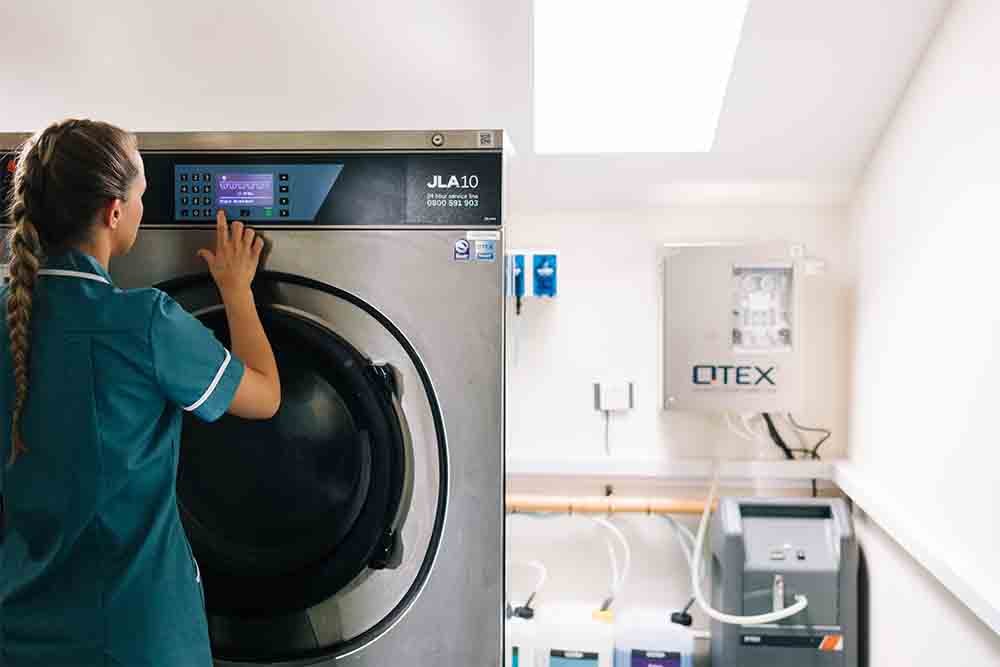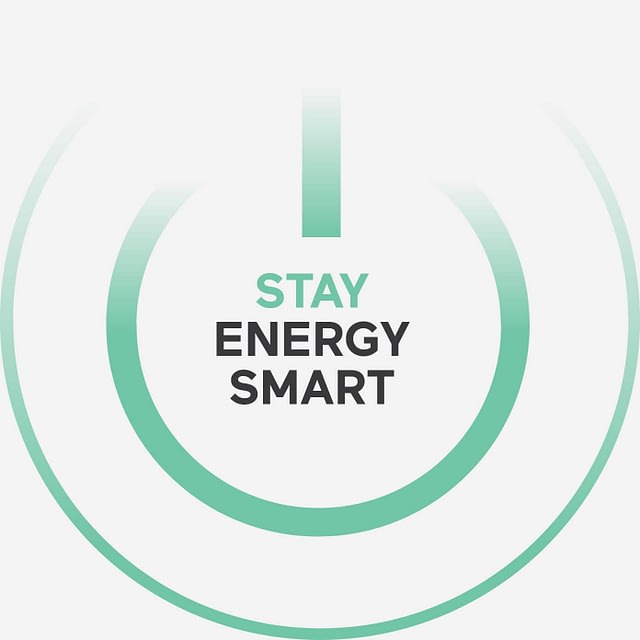As more of our customers look to reduce their carbon footprints as well as their energy bills, we’re regularly asked about the most efficient tumble-drying option. Heat pump dryers in particular, are becoming a viable alternative to the more traditional electric and gas variants – but do the costs stack up?
In this post, Helen Buchan, Head of Product at JLA, shares results from our recent consumption testing.
Simulating real-world use
JLA’s dryer consumption tests used a range of garments to reflect a typical care home’s laundry loads. These included sheets, towels and a general mixed load of clothing.
We took this approach because much of the consumption testing data available from other manufacturers has come from tests using muslin squares of fabric, rather than actual garments. This can often positively skew results, as it doesn’t simulate what’s actually being laundered by care homes.
For a clear and transparent understanding of how dry each load was after a cycle, we weighed them before and after.
Comparing gas, electric and heat pump tumble dryers
Load type: Sheets
 20kg heat 20kg heatpump dryer |  D40 D40gas dryer |  D40 D40electric dryer | |
|---|---|---|---|
| Weight wet (kg) | 12.3 | 12.4 | 13.8 |
| Weight dry (kg) | 9.9 | 8.25 | 8.95 |
| Loss (kg) | 2.4 | 4.15 | 4.85 |
| Time taken | 37 mins | 46 mins | 30 mins |
| Energy used (kWh) | 2.42 | 13 | 8.9 |
| Cost at current rate | £0.94 | £1.30 | £3.47 |
Sheets in the heat pump dryer took 9 minutes less to dry than the gas dryer and used 10.58KWh less energy.
Sheets in the electric dryer took 7 minutes less to dry than in the heat pump dryer but used 6.68 kWh more energy, costing £2.53 more to dry.
Sheets in the electric dryer took 16 minutes less to dry versus the gas dryer and used 4.1 kWh less energy. Based on current electricity prices, however, this load cost £2.17 more to dry.
Load type: Mixed load
 20kg heat 20kg heatpump dryer |  D40 D40gas dryer |  D40 D40electric dryer | |
|---|---|---|---|
| Weight wet (kg) | 15 | 14.8 | 15.4 |
| Weight dry (kg) | 11.75 | 11.7 | 11.7 |
| Loss (kg) | 3.25 | 3.1 | 3.7 |
| Time taken | 50 mins | 50 mins | 25 mins |
| Energy used (kWh) | 2.57 | 14 | 8.84 |
| Cost at current rate | £1.00 | £1.40 | £3.45 |
Mixed loads in the electric dryer took 25 minutes less to dry than in the heat pump dryer but used 6.27 kWh more energy, resulting in a £2.45 additional cost based on current electricity prices.
The mixed load took 25 minutes less to dry in the electric dryer than the gas dryer and used 5.16 kWh less energy. But again, with current electricity prices, this cost £2.05 more to dry.
Load type: Towels
 20kg heat 20kg heatpump dryer |  D40 D40gas dryer |  D40 D40electric dryer | |
|---|---|---|---|
| Weight wet (kg) | 9.25 | 8.7 | 9 |
| Weight dry (kg) | 5.15 | 5.1 | 5.1 |
| Loss (kg) | 4.1 | 3.6 | 3.9 |
| Time taken | 50 mins | 45 mins | 32 mins |
| Energy used (kWh) | 2.7 | 11 | 7.9 |
| Cost at current rate | £1.05 | £1.10 | £3.08 |
Towels took 5 minutes longer to dry in the heat pump dryer versus the gas dryer but used 8.3 kWh less energy.
Towels took 13 minutes less to dry in the electric dryer and used 3.1 kWh less energy than the gas dryer, but cost £1.98 more to dry.
Towels took 18 minutes less to dry in the electric dryer than the heat pump dryer but used 5.2 kWh more energy, costing £2.03 more to dry.
Test conclusions
Despite the test’s heat pump dryer taking longer to dry different loads, its energy and carbon savings were quite significant.
Some customers want as short a cycle time as possible, so a heat pump dryer might not be suitable in environments where there are limited machines and a need for items to be laundered and returned urgently.
What’s more, a heat pump dryer is currently around three times more expensive to buy than a gas dryer, so it’s a factor to consider if you’re working out whether a heat pump dryer will be the most cost-effective option in the longer term.
For more details on energy-efficient dryers, speak to our experts today.
Electric cost per unit, 39p
Gas per unit: 10p



